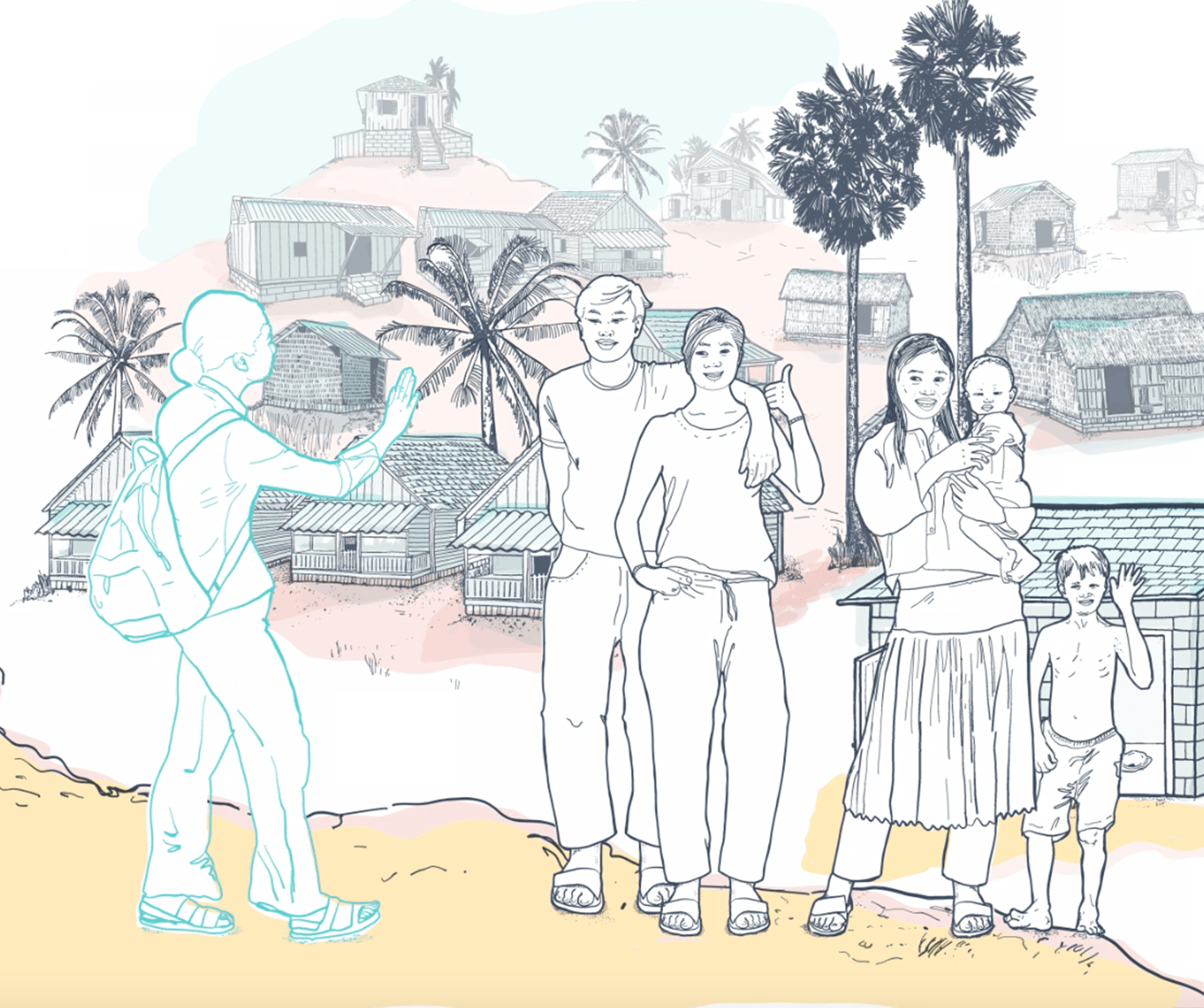The design challenge for the workshop was: can we create a toilet that matches what the majority of villagers want, need and can afford using local materials?
Sustainability of latrines is a key issue in Community Led Total Sanitation (CLTS). Sandy or rocky soils, seasonal flooding and termites can present challenges to communities who have taken sanitation into their own hands as a result of CLTS and are building latrines.
The CLTS Handbook identifies the need for participatory design approaches during follow-up sessions with triggered communities. Sanitation marketing programmes have also applied participatory design through engaging users and sanitation suppliers to create innovative sanitation technologies.
Participatory design offers a methodology for ensuring that users participate in creating and selecting sanitation technologies that are appropriate and affordable for them. It provides an opportunity for users to express their traditional and often hidden knowledge and skills in partnership with designers and researchers.
In this issue of Frontiers of CLTS: Innovations and Insights series, Ben Cole, who helped UNICEF to adapt and trial participatory latrine design in Malawi, describes the different stages of participatory latrine design and gives practical guidance based on the experiences in Malawi.







